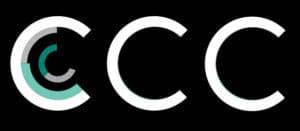We use Stentor coeruleus, a single-celled organism, as a hands-on
educational tool to help K-12 students explore the beauty of nature.

The idea for the Stentor in Every School program arose during the 2022 CCC Summer Course, as part of a Big Ideas Pitch Competition sponsored by IBM. After winning the competition, we fleshed out the idea over the next few months by collaborating with the Science and Health Education Partnership (SEP) to connect with local K-12 classrooms.

The current problem & how we are addressing it.
In school districts across the San Francisco Bay Area, science is not always taught as part of the official school curriculum. Some teachers receive little to no administrative support in implementing science learning in their classrooms. We are working to establish hands-on, discovery-based curricula in Bay Area K-12 classrooms. We encourage students to think creatively and pose their own unique scientific questions. The goal is to show that science is so much more than the static, prepackaged knowledge textbooks; rather, it is a dynamic process of exploring the unknown.

Discovery-based curricula.
“Research is formalized curiosity. It is poking and prying with a purpose.” – Zora Neale Hurston
The most unique aspect of the Stentor in Every School program is our focus on guiding students to conduct novel research. Rather than only teaching facts from textbooks or performing demos with known results, we encourage students to ask new questions and then help them formulate experiments to follow their own curiosity into the unknown.

What is Stentor coeruleus? Why study them?
The organism which we are using to inspire a sense of awe and wonder in students is a single-celled ciliate called Stentor coeruleus . These cells live in freshwater environments and can be collected locally – in fact, we sometimes collect them from ponds in Golden Gate Park. Despite being just a single cell, this organism has amazing abilities: they can regenerate after being cut into pieces, and they can learn despite not having a brain! Moreover, they are very large as far as single cells go (about the size of the period at the end of this sentence) and can thus be seen with the naked eye without a microscope. So much is unknown about this charismatic blue cell, which leaves plenty of open questions for the students to investigate!
